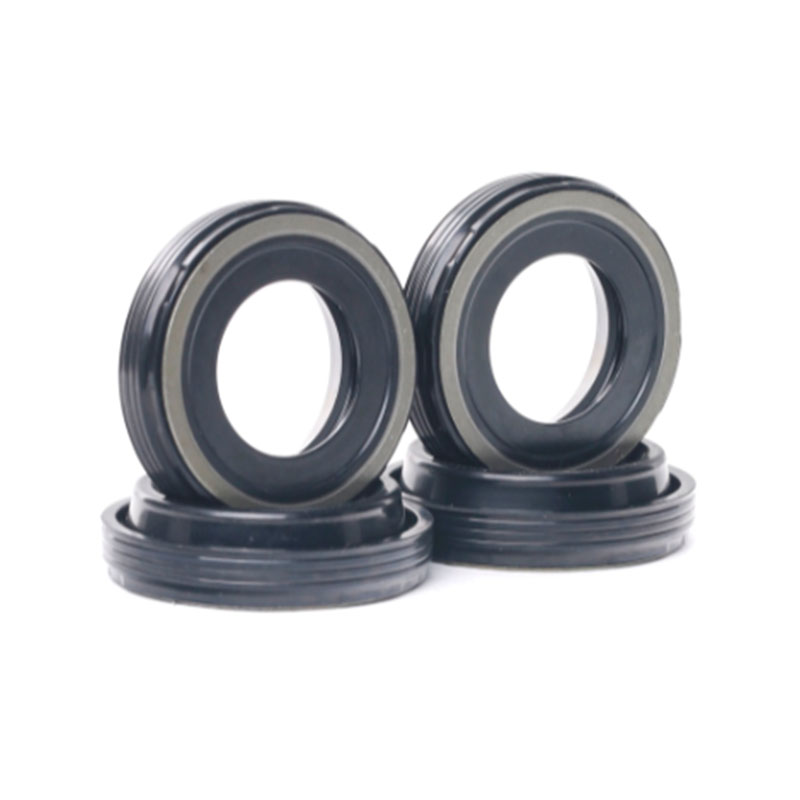automatic transmission oil pump seal
Understanding the Automatic Transmission Oil Pump Seal
Automatic transmissions are complex systems that rely on a multitude of interconnected components to operate smoothly and efficiently. Among these components, the oil pump and its seals play a critical role in maintaining the integrity and performance of the transmission. The automatic transmission oil pump seal, in particular, is essential for ensuring that the transmission fluid is contained and can circulate properly. This article will delve into the function, importance, and common issues related to automatic transmission oil pump seals.
The Function of the Oil Pump Seal
The primary function of the automatic transmission oil pump seal is to prevent transmission fluid leaks. Located around the oil pump, the seal ensures that the fluid remains contained within the pump and the transmission system. The oil pump is responsible for providing hydraulic pressure, which is crucial for various functions, including gear shifting and lubrication of internal components. A properly functioning seal allows the pump to create the necessary pressure for optimal operation.
Moreover, the seal protects the internal components of the pump and the transmission itself from contaminants. A well-sealed system prevents dirt, debris, and other foreign particles from entering the transmission fluid, which can lead to damage and premature wear of sensitive components. This is particularly important given the high temperatures and pressures that automatic transmissions often operate under.
Importance of the Oil Pump Seal
The automatic transmission oil pump seal is vital for the overall health of the transmission. When the seal is functioning correctly, it contributes to the longevity and reliability of the transmission system. Additionally, a reliable seal enhances the performance of the vehicle by ensuring smooth gear transitions and reducing the likelihood of slipping or unwanted shifting.
When leaks occur due to a worn or damaged seal, it can lead to several significant issues. A loss of transmission fluid can result in inadequate lubrication, which may cause friction and overheating. These conditions can ultimately lead to costly repairs and a decline in the vehicle's performance. Furthermore, low fluid levels can trigger warning lights on the dashboard, alerting the driver to potential issues within the transmission system.
automatic transmission oil pump seal

Common Issues and Signs of Seal Failure
Like any mechanical component, transmission oil pump seals can wear out over time. Common factors that contribute to seal degradation include heat, pressure fluctuations, and exposure to harmful chemicals or contaminants. Drivers should be aware of the signs that may indicate a failing oil pump seal
1. Fluid Leaks One of the most obvious signs of seal failure is an oil leak beneath the vehicle. If you notice red or brown fluid pooling, it's essential to investigate the source, as this may indicate that the oil pump seal is compromised.
2. Transmission Slippage If the vehicle experiences uneven or unexpected shifts, it could be due to a lack of hydraulic pressure resulting from a failing seal. This condition can severely affect the drivability and safety of the car.
3. Warning Lights Many modern vehicles are equipped with sensors that monitor transmission performance. If the oil pump seal fails, it may trigger a warning light on the dashboard, indicating potential issues with the transmission.
4. Overheating Insufficient transmission fluid can lead to overheating. If you notice unusual temperatures or an unusual smell, it can indicate problems related to the oil pump or its seal.
Conclusion
The automatic transmission oil pump seal is a small yet crucial component of the transmission system. By preventing fluid leaks and protecting against contaminants, it plays a significant role in ensuring the efficient operation and longevity of the transmission. Drivers should remain vigilant for any signs of seal failure, as addressing these issues early can prevent more extensive and costly repairs down the line. Regular maintenance and inspections can help keep the transmission system in optimal condition, ultimately contributing to a smoother and more reliable driving experience.
-
Simplifying Oil Changes: A Comprehensive Guide to Oil Drain Plugs and Their Variants
News Aug.04,2025
-
Mastering Oil Drain Maintenance: Solutions for Stripped, Worn, and Upgraded Oil Plugs
News Aug.04,2025
-
Fixing Oil Pan Plug Issues: Leaks, Stripped Nuts, and the Right Replacement Solutions
News Aug.04,2025
-
Everything You Need to Know About Oil Drain Plugs: Sizes, Fixes, and Upgrades
News Aug.04,2025
-
Choosing the Right Oil Drain Plug: A Guide to Sizes, Materials, and Drain Innovations
News Aug.04,2025
-
A Complete Guide to Automotive Drain Plugs: Types, Problems, and Innovative Solutions
News Aug.04,2025
-
The Ultimate Guide to Car Repair Kits: Tools and Essentials Every Driver Should Own
News Aug.01,2025
Products categories















